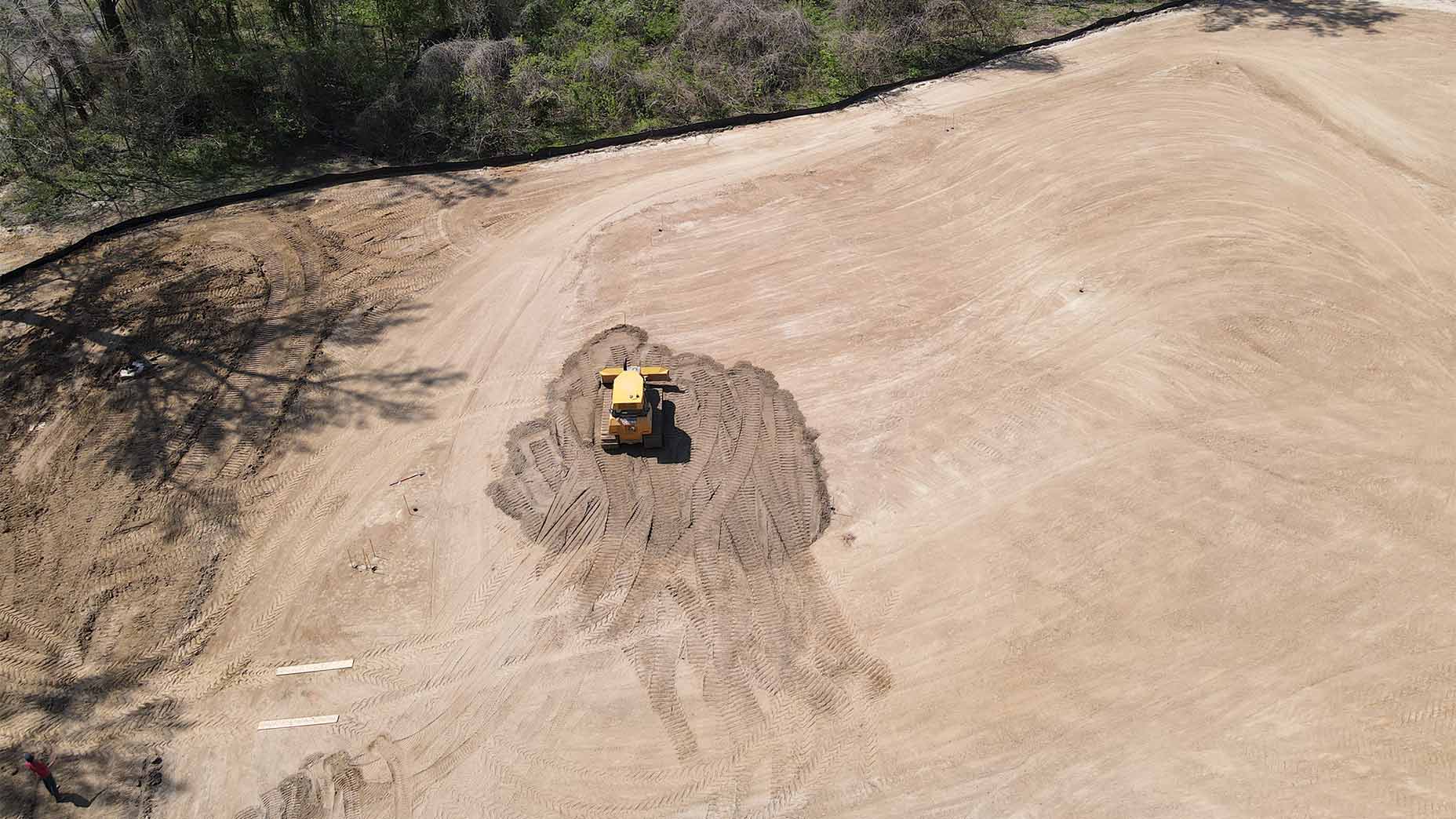Ed note: GOLF contributor and architecture nut Desi Isaacson is cutting his design teeth as an intern for King-Collins Golf on their redesign of Overton Park, a nine-hole muni in Memphis, Tenn.
Once a green is shaped there are still a bunch of steps left before it is ready to have grass on it, and even longer before you can play golf.
If an area of a green was too delicate for Frog’s tractor, we sometimes tied a wooden palette to the back of a gator and pulled it around the surface.
The trench needed to be eight inches deep for each section, where we would then place in perforated pipe, filling all around it and back to the surface with gravel.
Now that everything is smooth and drainage installed, we can begin to add sand to the top.
We need to keep them spaced out enough for a bulldozer to maneuver between, but we also need to put one at the top and bottom of each transition.
There is usually someone on the green holding a probe with a marker at four inches to continually test different spots.
He would ride around in something close to a figure eight to avoid making sharp turns and keep the sand level smooth throughout.
After the sand pro is finished, there might still be a few spots that don’t have quite enough sand around the edges.
This was also when we finalized the grade on the edge of the greens and tried to get it to perfectly match the surrounding grade.
There had been flags showing the general sense of the perimeter of each green, but this orange line put down with a paint gun will decide where the sprigs go and where they stop.
Basically, they wait for us to paint the orange lines, then have several workers go onto the greens with bags of sprigs, which essentially look like grass clippings and roots.
Keying in a green is done before laying sod around the perimeter, usually in a spot with lots of slope that could force a washout on the green if left alone.
According to Collins, the grounds crew needs to continue fertilizing the greens every week and water them each day on certain intervals.
